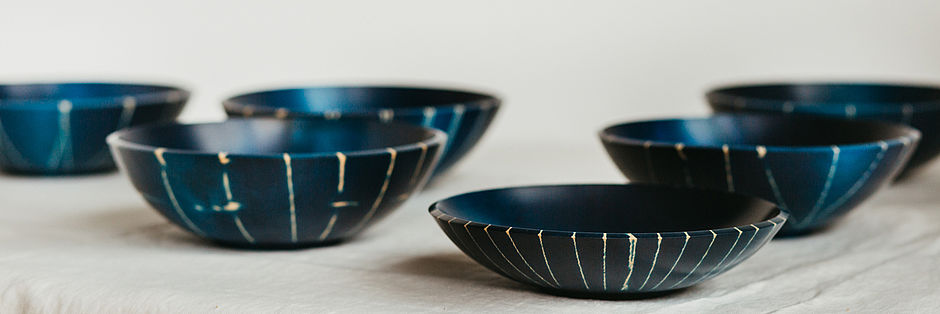Yūgen English
“Strolling through a foggy forest, autumn coloured mountains seem blurred. However it’s a view of incredible depth. Although you’re only able to see a few coloured leaves the look is very appealing. The unlimited view created by your imagination transcends everything that can be seen clearly.” (Haga Kōshirō)
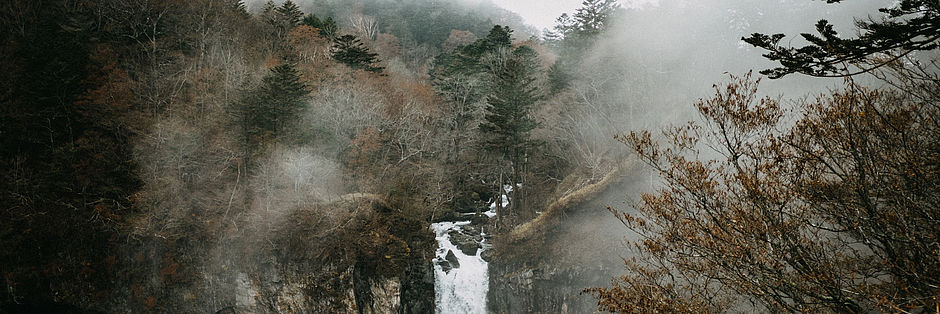
There is barely another country where traditional craftsmanship is valued as high as in Japan. Master Craftsmen are highly respected and there is a unique term describing the most important of them as “living national treasures (人間国宝)“. In addition to getting to know a wholly new and completely different culture, it was the fascination for the vital craftsmanship that led me to visit Japan for the first time in Oktober 2018.
After spending several days in Tokyo and Kyoto, as well as day trips to Kobe, Nara, Nagoya and Osaka, I spent some days in Nikkō. While I was on my way to the Hangetsuyama peak (半月山)I wasn’t aware that this hike would bring me closer to a destination I was looking for almost 10 years.

I started woodturning in October 2008, when I bought my first lathe. Since then I was, sometimes aware, sometimes unaware seeking for something hidden. Something I knew how it would feel, but didn’t have a clue how it could look like. I don’t see myself as an artist and always identified myself with craftspeople. One thing I already knew was that you must not force creativity. Throughout the years I refined my skills and my ability to invoke objects with emotions, but weaving in my own emotions in a noticeable way never worked in my opinion.
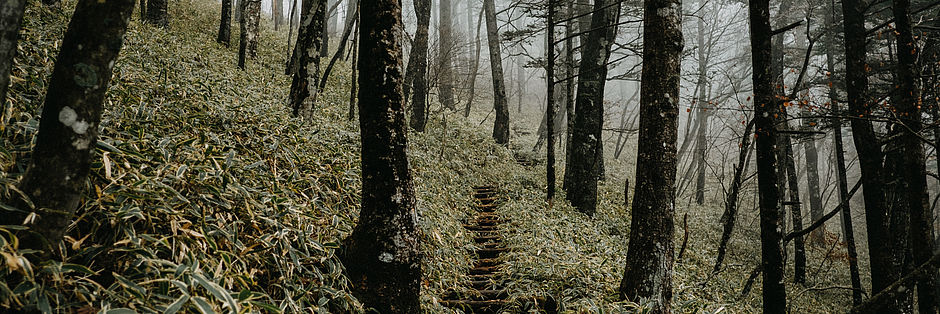
When I went on that hike through the foggy autumn forest, suddenly a strange feeling came upon me. Something I experienced before but never really realized it because my thoughts have been too restless to be aware of it. A kind of deep inner calmness, a satisfaction to exist. Subtle like a fallen leaf, yet so overwhelming in its simplicity that words would fail to describe.
First, I didn’t really understand what has happened, but as days passed I seemed to understand. It wasn’t the obviously visible that touched me deep inside, it was the idea of what’s hidden behind. During that moment in the forest, it wasn’t the lovely path, lined by dwarf bamboo within mossy trees, it was my imagination.
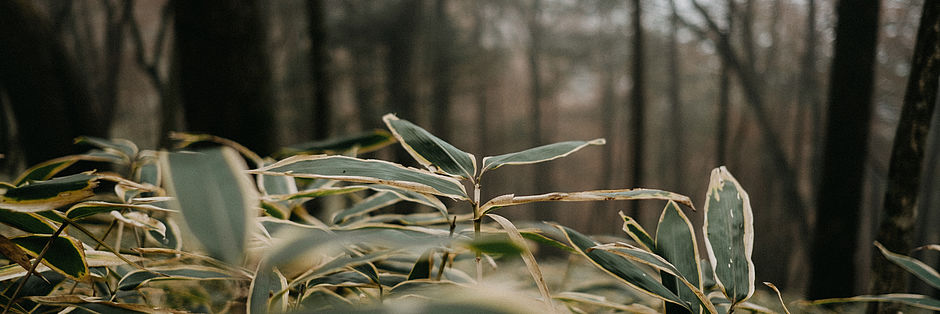
During the months after my journey, I returned to this moment every now and then and slowly the idea of integrating this feeling in my work arose. Inspired through traditional resist-dyeing technique Shibori (絞り染め), that amongst other things uses Indigo as a pigment, the Yūgen collection was created. My technique is based on Kanoko shibori (日本の絞り染め) which I adapted during the period of several months until it fitted my needs. It took a lot of time until it met my standards. Finding beauty in the imperfections linked to the nature of the materials was what challenged me the most. To accept and appreciate those variations is an important concept in Japanese aesthetics but fairly unknown in the western world.
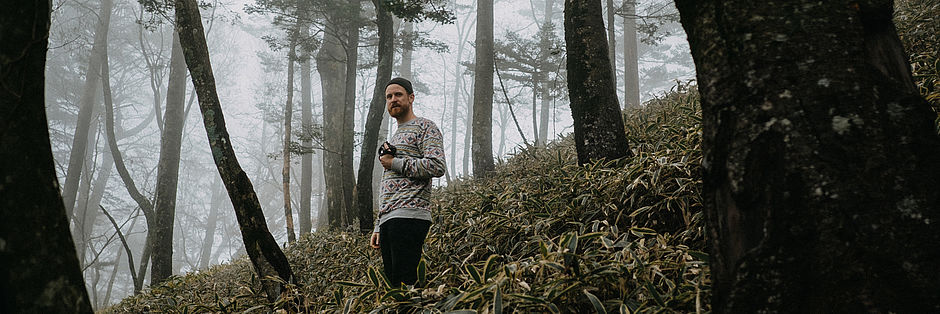
The essence of Japan's craft excellence seeped into my soul, inspiring a shift in my thinking, and influencing my work through inspirations I received whilst wandering this beautiful country.
Utilizing different resists, un-coloured areas are created. They allow the beholder to look behind the scenes of the dyed surface. The incredibly deep blue of the natural indigo pigment has countless shades, that changes in different light situations and grain orientation.
The finish is a food-safe hard wax-oil. It’s suited for all sorts of dry food. There is no need for special care. Cleaning is done best with a dry, soft cotton cloth (fog up the surface prior, to remove fingerprints). In case a wet clean is necessary a damp, soft cotton cloth is the right choice.
